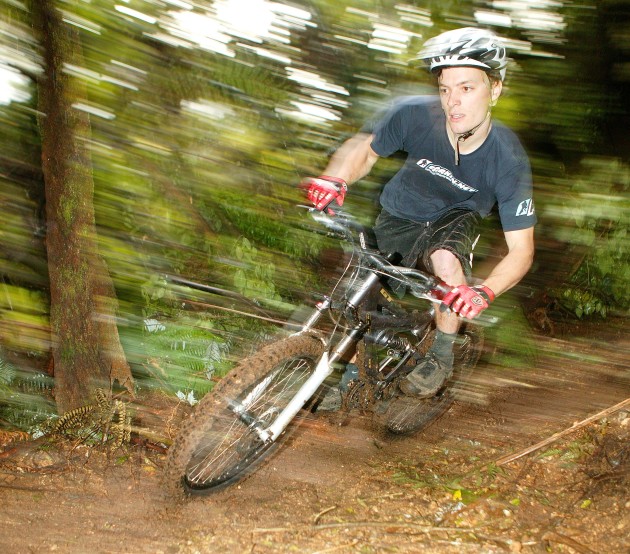ISOLATION BIKING: Flat Pedals vs Clips
Common opinion points towards clipless pedals being the best option for ‘serious’ riders, but is that really the case? Steve Hinchliffe looks at the benefits offered by sticking to flats.
For the first fifteen years of my mountain biking life I barely touched a flat pedal. Sure, as a kid my BMX-converted dragster had flats, as did the klunker I rode to the beach, but when I started riding off-road it was with toe-straps (bloody awful things), and from there I went straight onto various styles of clipless pedals. I was always in awe of trials riders (and still am) because I just couldn’t figure out how they could make a bike move the way they did without being attached to the pedals.
About six years ago I bought a second-hand dirt jump bike with flat pedals and took to practising track-stands, hops, skinnies and various other skills on it — I figured the flats, combined with the very low top tube would give me a much bigger error margin than just putting flats on my regular trail bike. My right shin still bears the bone-deep scars from the first time I tried to use my clip-in ‘skills’ to hop over a moderately sized rock; Straitline pedals are particularly unforgiving! Undismayed (chicks, even wives, dig scars, right?!) I persevered, and within a relatively short period of time I noticed a marked improvement in my ability to control the bike without being clipped in, and also I noticed this translated to my technical skill level on the trail as well. Funny thing was, I never tried riding flat pedals off-road; that is, until about a year ago.
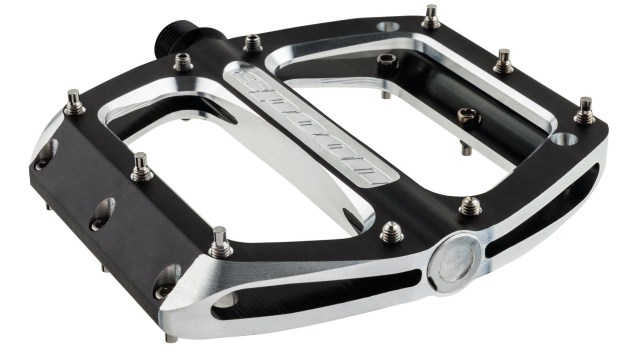
Many MTB enthusiasts will have a race-day bike, or at least race-day wheels or tyres; we know they’re faster, but despite this we don’t use them all the time. Why? Firstly, they’re usually faster at the expense of durability or predictability; in other words there’s a smaller margin for error on our ‘fast’ gear. Secondly, many people subscribe to the concept of handicapping ourselves a little when we train. When we do haul out the race gear, the handicap is removed; we then feel faster and perform better than if we’d just used the primo equipment all the time.
I’m not going to lie to you; riding flat pedals off-road is, in many ways, harder than riding clipped in. Where clips flatter your skill level, platforms will show up every weakness in your riding technique. So why use them? To quote trials guru Ryan Leech, “Using flat pedals will force you to learn bike handling skills the most effective, efficient and stylish way”. If you want to become not just a faster rider, but actually better at riding, there’s no substitute for spending trail time on flat pedals.
Before getting into the meat of this article, let me start by saying this is not an either/or argument. Just because I’m advocating the use of flat pedals some (or even most) of the time doesn’t mean I don’t see a place for clipless pedals when outright speed (e.g. racing) is your main priority. What I am saying is that, just like the race-day bike analogy, using flat pedals when you’re not racing will improve your riding across the board, including if/when you choose to ride clipped.
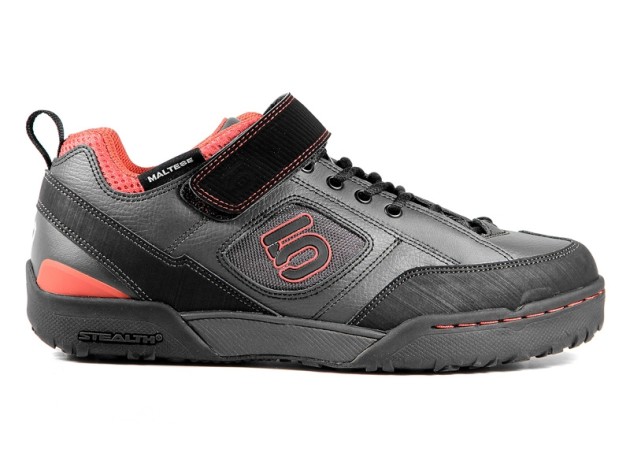
There’s some great information from James Wilson, who trains many world-class mountain bikers, debunking some of the myths regarding clipless pedals. I’m not going to waste words by regurgitating it here, but his insights are well worth reading, particularly his discussion of which muscles are actually used during the pedal stroke (check it out at www.bikejames.com). Instead, I’m going to tell you what spending trail time on flat pedals has taught me about my own riding, and the changes and improvements I’ve had to undergo. I suspect that my experiences will mirror those of most mountain bikers.
Bear in mind that it’s going to take a bit of time, maybe a month or so, before you become completely familiar with riding flats—just as there was a learning curve when you first rode clipped-in; so there will be when you ditch the clips. Don’t take your first ‘flat spin’ on your nastiest test piece, or you might well do yourself an injury. Start with a more sedate trail and work up from there. Persevere and you’ll reap the rewards. There are plenty of relatively inexpensive flat pedals on the market, but whichever pedals you use you’ll benefit greatly from a pair of ‘sticky rubber’ shoes. Examples include the 5.10 Freerider or Teva Links — average pedals and good shoes is much better than the other way around.
Carve with Confidence
The first thing I noticed when I swapped to flat pedals was the need to drop my saddle by nearly 20mm. Modern platform pedals are generally thinner than clipless pedals, and the tread thickness between your foot and the pedal is also much less, hence the need to alter your ride height. This is akin to dropping your bottom bracket height by the same amount (without actually losing any ground clearance), and a lower bottom bracket helps you feel more ‘in’ the bike generally, but particularly it allows you to corner much more aggressively as you’re loading your bodyweight into the bike closer to the ground.
Additionally, I found that knowing my inside foot could be dropped off the pedal instantly should the need arise, I found I was leaning the bike over more and pushing harder and faster through corners, knowing I could save myself if I went too far. As an added bonus, you can drag your inside foot moto-style to help whip you around sharp turns. Sure, you can do this with clips as well, but generally the time it takes to re-clip voids any advantage gained; not so with flats. MTB legend Mark Weir famously stated that, “races are won or lost in the corners”, and I’m certain that I corner significantly faster on flats than when I’m clipped.
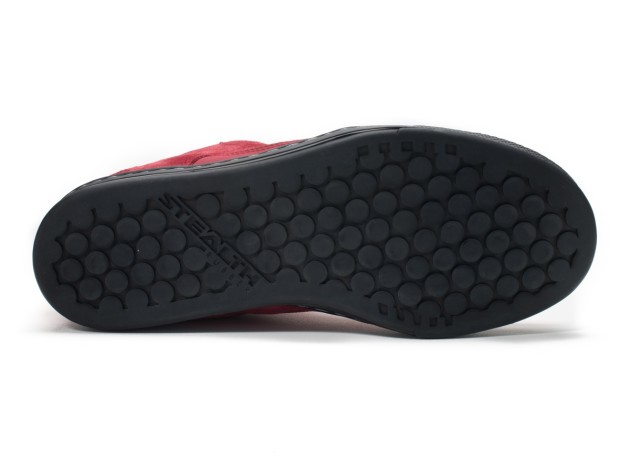
Friction is Fun!
Actually, F=µN is the formula for calculating friction between any two surfaces. In the case of mountain biking we’re particularly concerned with the friction between our tyres and the trail. The part of the friction equation which we can alter once riding is the ‘N’ part; the amount of force ‘normal’ (i.e. perpendicular) to the trail surface. This is important for two main reasons. Firstly, the lower your pedals are to the ground when you corner, the greater the proportion of bodyweight you’re likely to transmit perpendicularly into the ground and hence the more grip you’ll have. More importantly for me, however, was the effect this has on climbing.
Most of the time when I couldn’t clean a climb it wasn’t because I ran out of leg strength, but rather I ran out of traction and the rear tyre spun out. When you pull up on the pedals you reduce the amount of force being pushed into the ground, and hence make the rear wheel more prone to spinning out on a loose climb. This is especially pronounced on stepped climbs, where I found that I was always trying to ‘pull’ the rear wheel over the step, and consequently would often loose traction and stall at this critical point.
Now with flats I lean back much further than I used to when climbing and actually pull back on the handlebar rather than leaning gently on it—the amount of extra grip, and the corresponding decrease in failure rate, has been a real eye-opener for me. In the past I’d generally try to clear pinch climbs by going at them as fast as possible and using momentum (and often dig the front wheel into an obstacle and nut myself in the process). Now I approach a bit slower, relying on even pedal pressure and technique to keep the rear wheel digging in. Despite the stories I’d heard for years about flat pedals being crap for climbing, there are a number of climbs I’ve cleaned on flats that I’ve never made when clipped in.
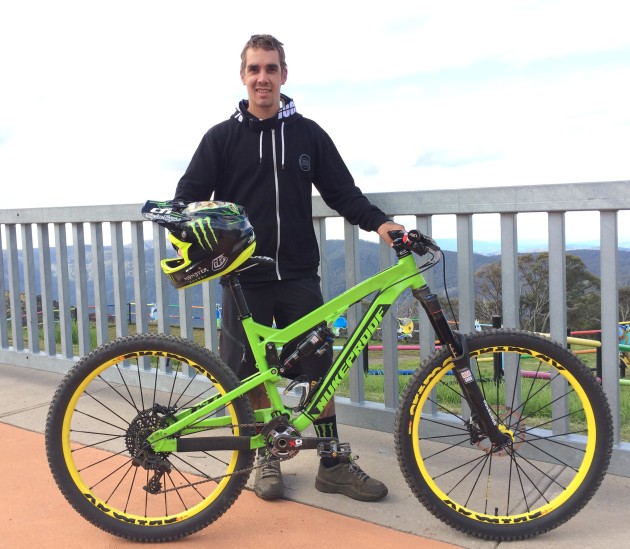
Safer when Sketchy
Another reason I climb better on flat pedals is the knowledge that I can instantly put a foot down without the fraction-of-a-second delay that clipless pedals incur. When I’m really pushing the boundaries of my skill level and the bike is all but stalled, I’m more inclined to track stand, re-focus, and push into the pedals. In clipless pedals I’m more likely to pull a foot and save myself the ignominy of a ‘timber’ moment. This same principle applies when riding skinnies or other technical lines; you’re more likely to ride with confidence (which is when you ride at your best) when you know you can safely bail if you need to.
Don’t be a Puller
When you hop, drop or jump your bike, pulling up on the pedals is potentially the worst thing you could possibly do. Pulling up initiates a momentum that wants to pivot the bike around your centre of gravity (your hips), and if anything should interfere with your forward momentum whilst this is happening (like catching the back wheel on the lip or the front wheel hitting a rock) you’ll invariably end up going over the bars—not pleasant.
The safest way to get the back wheel off the ground is to forcefully push the handlebar forward; this imparts extra forward momentum without encouraging the bike to throw you up and over should things go awry. And if it does go pear-shaped, you’re not clipped in so bailing is much easier! With flat pedals you physically can’t pull up on your feet, so you’ll quickly learn to loft the rear wheel in the safest, and most stylish, manner. As an aside to this, pulling up on your pedals is a major contributor to knee pain for many riders, so if you ditch the clips you may say goodbye to knee issues as well.
Be One with Your Bike
We’ve probably all met a couple who do absolutely everything together, to the point that they might as well be conjoined twins. As you get to know this couple, you realise that it’s not because they actually both want to do the same things, but rather that one of them is always making the decisions and the other one just gives in and goes along. Inevitably something has to give and when the bust-up happens it’s very, very ugly.
Then there’s that other couple; they do most things together, but sometimes one goes riding and the other to the movies without either one getting offended, and they seem to be much happier and more balanced in their relationship. No, I’m not getting into couples counselling, but if you’re not careful riding with clips is a lot like the first couple in this little analogy.
Sure, 99% of the time you and the bike will stay together, but that’s only because you’re forcing the bike to come along, not because you’re both necessarily moving in the same direction. When something goes wrong with this picture it usually results in a great deal of pain. When you ride flats you quickly learn to feel where the bike is going, rather than just trying to muscle it around; sometimes your line might be a compromise between your choice and the bike’s, but you’ll stay much more balanced, and if you do choose to part company for a little bit there’s much less chance of getting hurt.
Once you’ve honed your bike skills by spending time on flat pedals it’s entirely up to you whether you stick with them full-time, or go back to clips for most of your riding with the odd ‘refresher period’ on flats. For my part, at the moment I’m enjoying the challenge, and subsequent reward, of pushing my skills to a new level. I’ll be sticking with platform for everything but pure mile-munching. I want to be the best rider I can, and I know flat pedals are an integral part of that quest.
